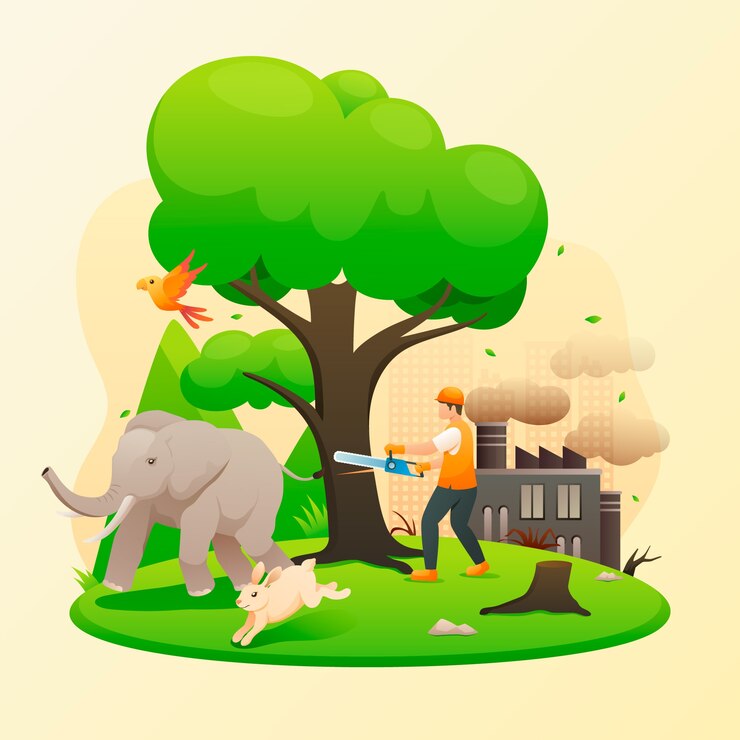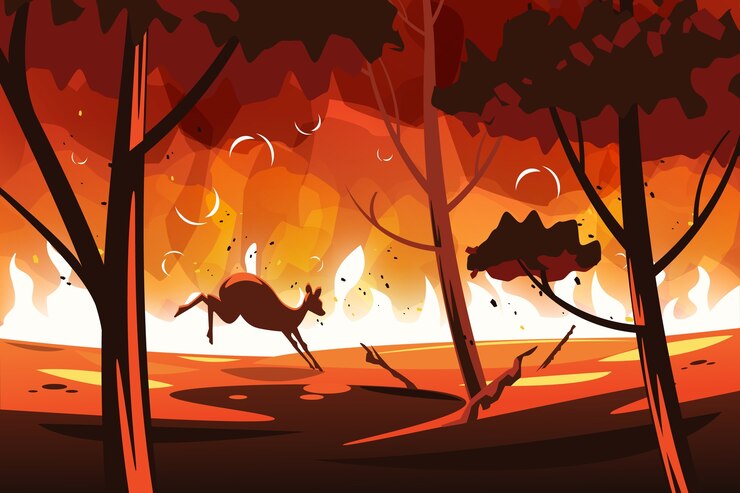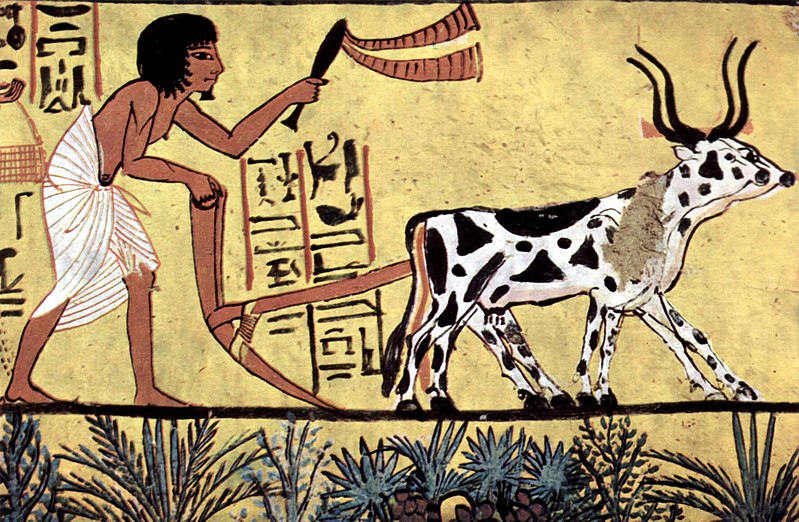In the intricate tapestry of human civilization, the relationship between mankind and nature has been both symbiotic and adversarial. Nowhere is this dichotomy more apparent than in the age-old practice of slash-and-burn agriculture, a technique deeply rooted in the traditions of certain tribal communities around the world. This ancient method, while essential for livelihoods and cultural identity, poses significant challenges to both environmental sustainability and biodiversity conservation.
Exploring the Origins and Practices
Slash-and-burn agriculture, also known as shifting cultivation or swidden farming, has been practiced for centuries by indigenous communities across various continents. At its core, the method involves clearing patches of forest or vegetation, burning the debris, and then cultivating crops in the nutrient-rich ash-enriched soil. After a few years of cultivation, the land is left fallow, allowing it to regenerate while the farmers move on to new plots.
Cultural Significance and Livelihoods

For many indigenous peoples, slash-and-burn agriculture is more than just a means of sustenance—it is a deeply ingrained cultural practice that shapes their identity and way of life. The intimate connection between these communities and their land underscores the importance of preserving traditional knowledge and respecting indigenous rights. Moreover, for marginalized groups, such as tribal communities, this form of agriculture often represents a crucial lifeline in the face of economic marginalization and land dispossession.
Environmental Impacts: Balancing Act
However, the ecological ramifications of slash-and-burn agriculture cannot be overlooked. The indiscriminate clearing of forests contributes to deforestation, habitat loss, and soil degradation. Moreover, the practice releases significant amounts of carbon dioxide into the atmosphere, exacerbating climate change. As global awareness of environmental issues grows, finding a delicate balance between cultural preservation and ecological conservation becomes paramount.
Towards Sustainable Solutions
Addressing the complexities of slash-and-burn agriculture requires a multifaceted approach that respects both cultural heritage and environmental sustainability. Empowering indigenous communities through inclusive decision-making processes and supporting sustainable land management practices are crucial steps. This may involve implementing agroforestry techniques, promoting crop diversification, and integrating traditional knowledge with modern agricultural practices. Additionally, fostering partnerships between indigenous peoples, governments, and conservation organizations can facilitate the development of policies that safeguard both cultural and ecological diversity.
Conclusion: Bridging the Gap
In the intricate dance between tradition and progress, the challenge lies in finding common ground that honors the rich tapestry of cultural diversity while safeguarding the delicate balance of our planet’s ecosystems. Slash-and-burn agriculture serves as a poignant reminder of the interconnectedness of humanity and nature, urging us to forge pathways towards a more harmonious coexistence. By embracing innovation while cherishing tradition, we can navigate the complexities of our shared journey towards a sustainable future—one that celebrates both the resilience of indigenous cultures and the preciousness of our natural heritage.
Stopping slash-and-burn agriculture requires a holistic approach that addresses both the underlying socio-economic factors driving the practice and the environmental impacts it generates. Here are some strategies to consider:
- Alternative Livelihoods: Providing alternative sources of income and livelihoods for indigenous communities can reduce their dependence on slash-and-burn agriculture. This could involve supporting sustainable agriculture initiatives, ecotourism, handicrafts, or small-scale enterprises.
- Education and Awareness: Educating local communities about the long-term consequences of slash-and-burn agriculture on their environment and livelihoods can help foster a greater understanding of sustainable land management practices. Workshops, training programs, and community outreach efforts can play a vital role in raising awareness.
- Land Tenure and Rights: Securing land tenure rights for indigenous communities is essential for empowering them to manage their territories sustainably. Recognizing and respecting indigenous land rights can help prevent land grabs and ensure that communities have a stake in preserving their natural resources.
- Promoting Sustainable Agriculture: Introducing agroforestry techniques, crop rotation, and other sustainable farming practices can help improve soil fertility, conserve biodiversity, and reduce the need for slash-and-burn agriculture. Providing access to technical assistance, seeds, and tools can support farmers in adopting these practices.
- Policy and Governance: Developing and enforcing policies that regulate land use, promote sustainable agriculture, and protect forests is crucial. Governments should collaborate with indigenous communities, conservation organizations, and other stakeholders to develop inclusive and participatory policies that balance the needs of people and the environment.
- International Cooperation: Slash-and-burn agriculture is not confined to one region, and its impacts extend beyond national borders. International cooperation and support are essential for addressing the root causes of the practice and implementing sustainable solutions. This could involve sharing best practices, providing financial assistance, and facilitating knowledge exchange among countries facing similar challenges.
- Research and Innovation: Investing in research and innovation to develop new technologies and approaches for sustainable land management can help address the underlying drivers of slash-and-burn agriculture. This could include the development of drought-resistant crops, agroecological farming methods, and remote sensing technologies for monitoring land use changes.
By implementing a combination of these strategies, stakeholders can work together to address the complex challenges associated with slash-and-burn agriculture and promote sustainable development that respects both people and the planet.




